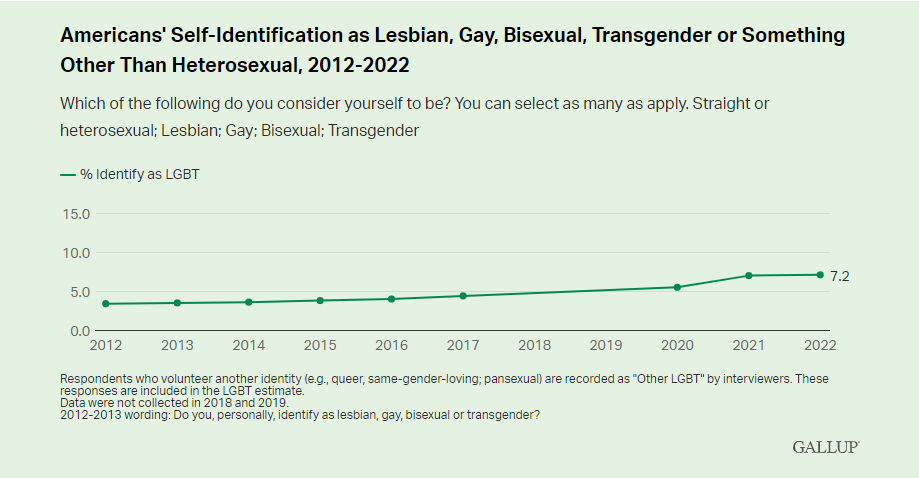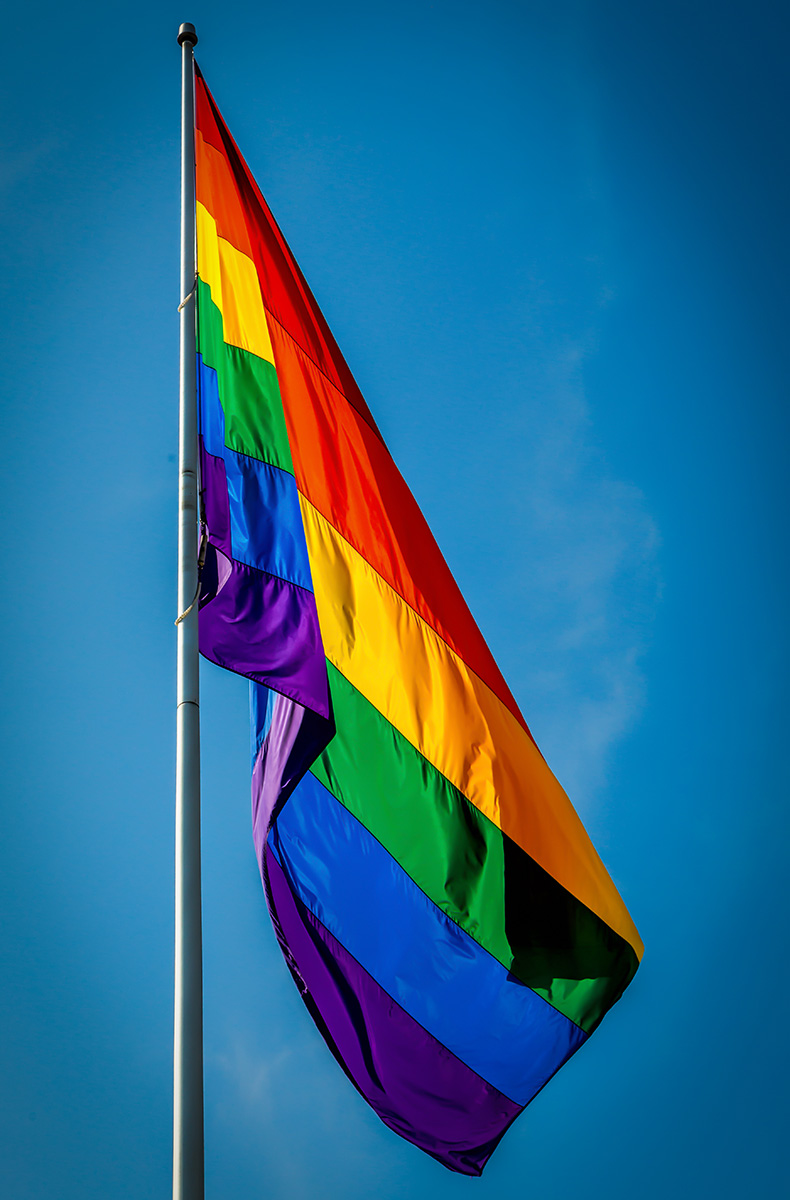Inclusive communities begin with understanding your prospects and residents and embracing diversity of race, culture, ethnicity, faith, sexual orientation and gender identity. To that end, many of our clients ask what percentage of seniors identify as gay, and how does that breakdown compare across the Silent Generation, Baby Boomers and Generation X (the oldest of which are now 58)? Here’s the latest research on LGBTQ+ and heterosexual populations by age.
Sexual orientation across the generations
Based on Gallup polling data from 2022, 7.2% of older adult respondents identified as lesbian, gay, bisexual, transgender or other across the American population — double the percentage from 2012, when Gallup first began reporting on the information.
While the adult LGBTQ+ population skews toward the younger age cohorts, the percentage of Silent Generation, Baby Boomers and Generation X older adults who identify as LGBTQ+ has held relatively steady over the past few years. Notably, however, the percentage of Silent Generation respondent who identified as LGBTQ+ more than doubled since Gallup’s previous survey in 2021. Gen Xers were more likely to identify as bisexual, Baby Boomers were more likely to identify as lesbian or bisexual and identifying as gay was most common among the Silent Generation.


Facts on LGBTQ+ aging
According to SAGE and the National Resource Center on LGBTQ+ Aging, experts estimate that there will be 7 million LGBTQ+ people in the U.S. who are 50 and older by 2030. In other words, this growing community is not to be overlooked. Additionally, they report, this population may experience unique challenges as they age, which may make senior living communities an attractive option. Compared to those who identify as heterosexual, LGBTQ+ older adults are:
2x more likely to be single and live alone
4x less likely to have children
Additionally:
41% of LGBTQ+ older people report having a disability, compared to 35% of heterosexual older adults
50% of all Americans living with HIV are over 50 years old
59% of LGBTQ+ older people report feeling a lack of companionship
What’s more, 88% of LGBTQ+ older people said they’d feel more comfortable with long-term care services if they knew staff had been trained about LGBTQ+ needs.
What is your organization doing to better understand or target the “gay and gray”?



